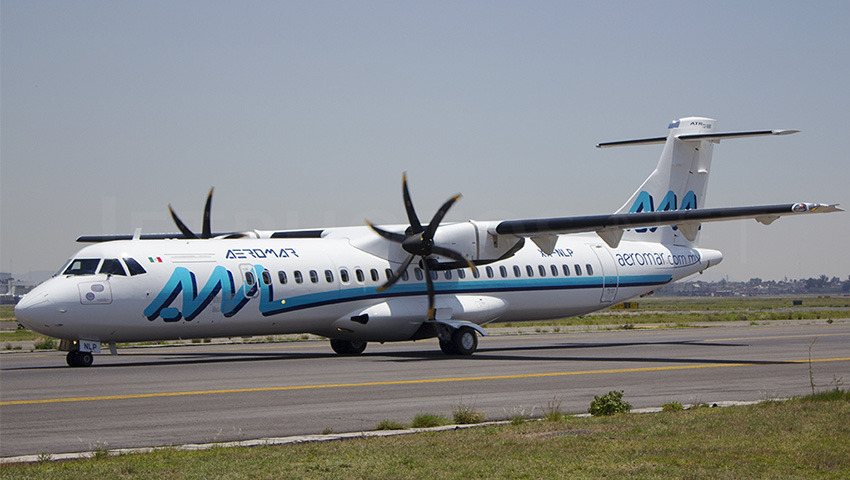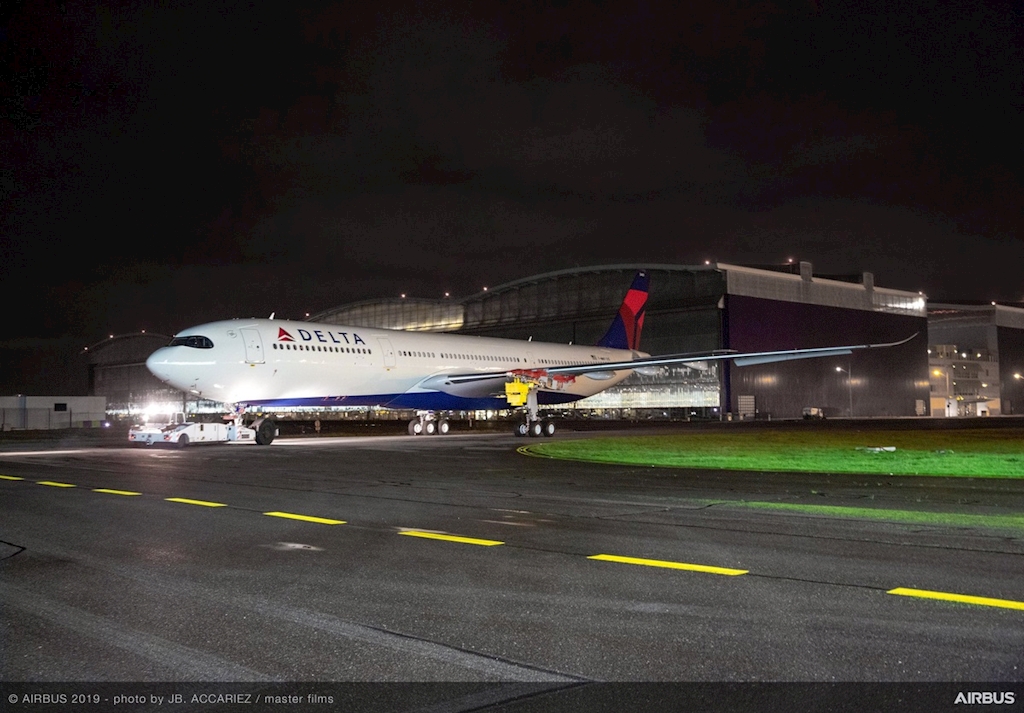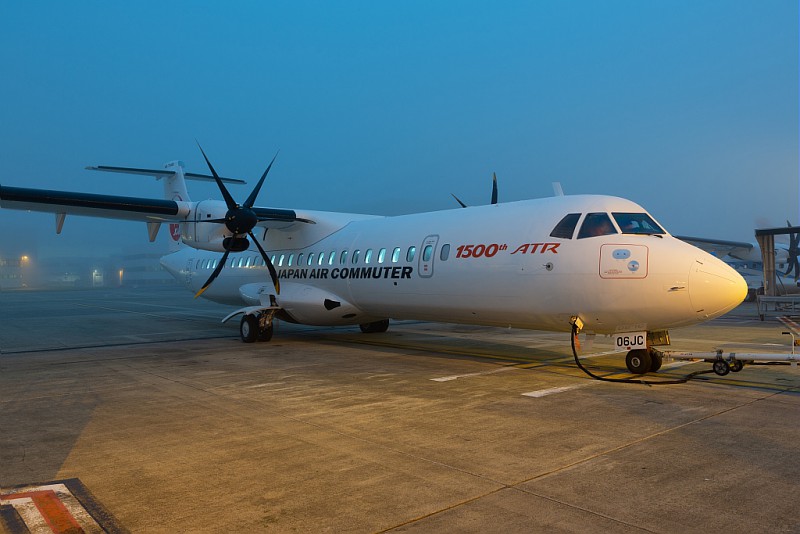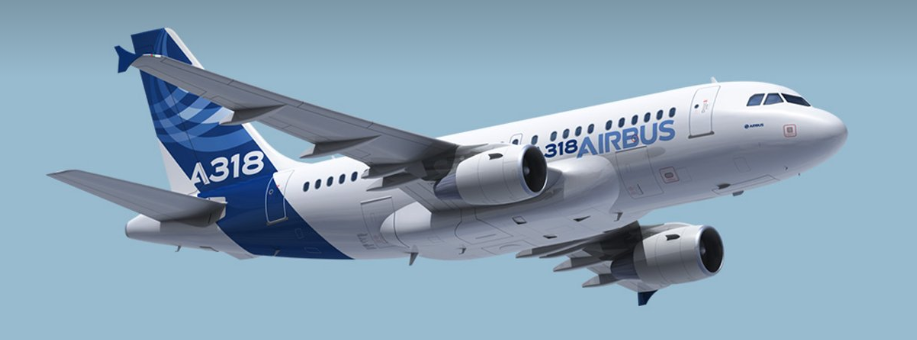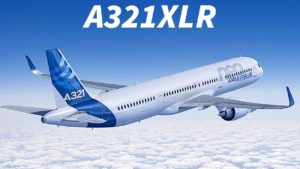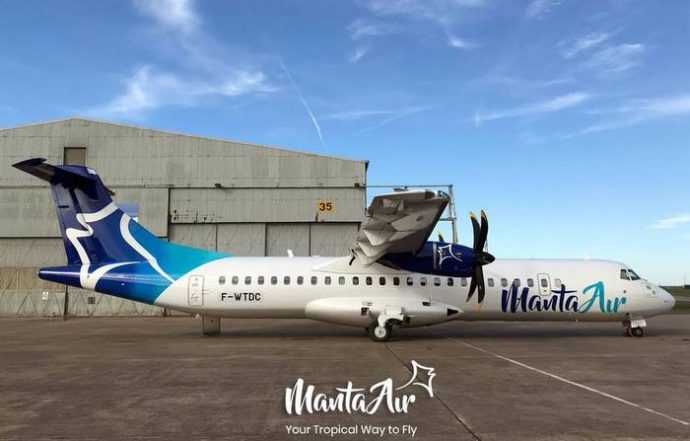
Toulouse, 18 April, 2019 – Manta Air, the new domestic carrier of the Republic of Maldives, has signed a Global Maintenance Agreement (GMA) with ATR, the world leader in the regional aviation market. This five-year contract covers the Maldivian airline’s full fleet for the repair and overhaul of easily replaceable components (Line Replaceable Units), propeller maintenance and an on-site leased stock of spare parts.
This long-term agreement also includes on-site technical support, through which a dedicated Customer Support representative assists Manta Air in their daily operations. The airline is benefitting from tailored recommendations to make an optimal start to operations, based on its very specific needs, and ATR’s expertise to enhance aircraft reliability.
“Manta Air’s aim is to raise the standards of the domestic aviation industry by providing the best flying experience for our passengers, and increased connectivity in the Maldives. As a tailor-made maintenance package, the ATR GMA responds specifically to our needs, and ATR’s expertise will ensure our brand new ATR 72-600s fly as much as possible. Our passengers depend on a reliable service and ATR’s GMA is a valuable tool to help us deliver this.” declared Edward Alsford, Chief Operation Officer of Manta Air.
Tom Anderson, Senior Vice-President Programs and Customer Services of ATR added: “Through this partnership, Manta Air’s is benefitting from our support and expertise from the very first stages of operations, enabling them to get the most value possible from their latest generation ATR aircraft. In an increasingly competitive market, initial parts provisioning, anticipation of spares requirements, parts reliability, repair management, maintenance costs optimisation and stock management are some of our operators’ crucial challenges.”
The first two ATR 72-600s of Manta Air, secured through Nordic Aviation Capital, have been delivered in late 2018, and a third aircraft has been delivered in early March 2019. With their dual-class configuration of 64 seats, Manta Air’s ATR 72-600s will help improve connectivity for the hospitality industry in the beautiful Maldivian atolls. They will be mainly operated on short sectors where ATR aircraft have already proven their operational and economic efficiency.
About Manta Air:
Manta Air was founded in 2016 and is a joint venture between Deep Blue Private Limited, a local company with multiple investments in the tourism sector and Mr. Umar Mohamed Maniku. The company was created to cater for the need for more air domestic transport options and to support the rapid development of domestic airports and the fast-paced expansion of resorts and guesthouses across the country.
About ATR:

European turboprop manufacturer ATR is the world leader in the regional aviation market. ATR designs, manufactures and delivers aircraft, with its fleet encompassing some 200 airlines in nearly 100 countries. The ATR 42 and the ATR 72 are the best-selling aircraft in the below 90-seat category. With continuous improvement as a driving force, ATR produces cutting edge, comfortable and versatile turboprops that help airlines expand their horizons by creating more than 100 new routes every year. Compared with other turboprops, ATRs offer an advantage of 40% on fuel burn, 20% on trip cost and 10% on seat cost, whilst offering the lowest noise emissions. ATR is an equal partnership between leading aerospace firms Airbus and Leonardo and benefits from a large global customer support network allowing it to deliver innovative services and solutions to its clients and operators all over the world. For more information, please visit http://www.atr-aircraft.com. Follow us on Twitter – #ATRLeads












